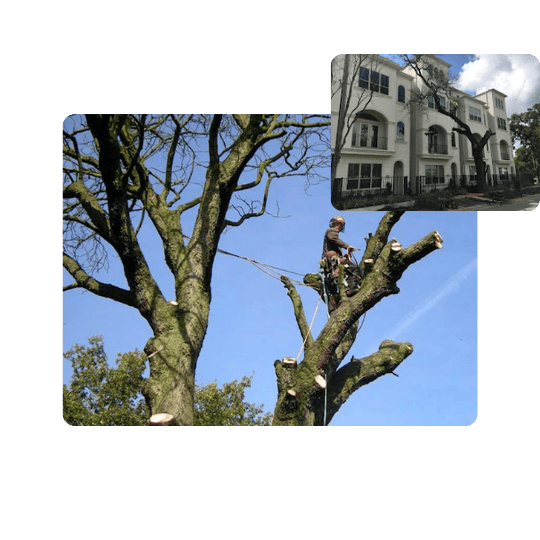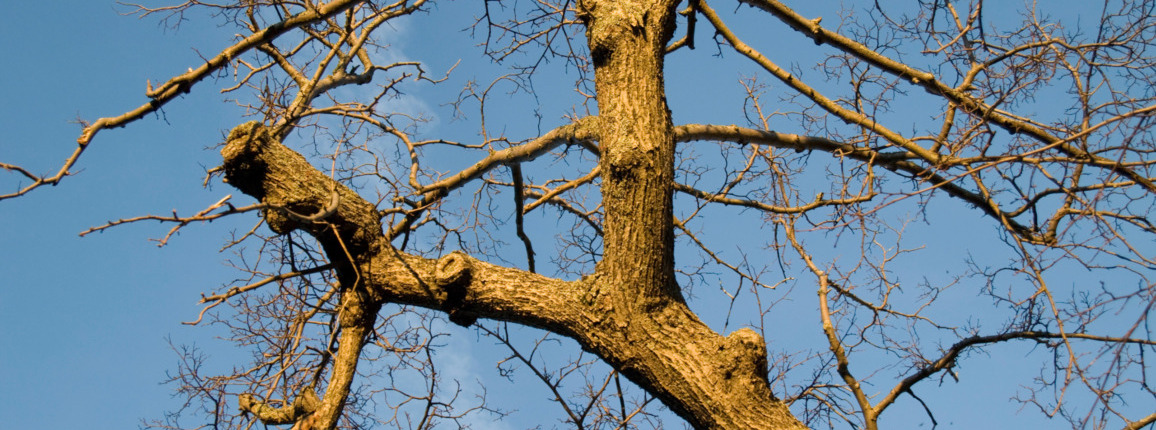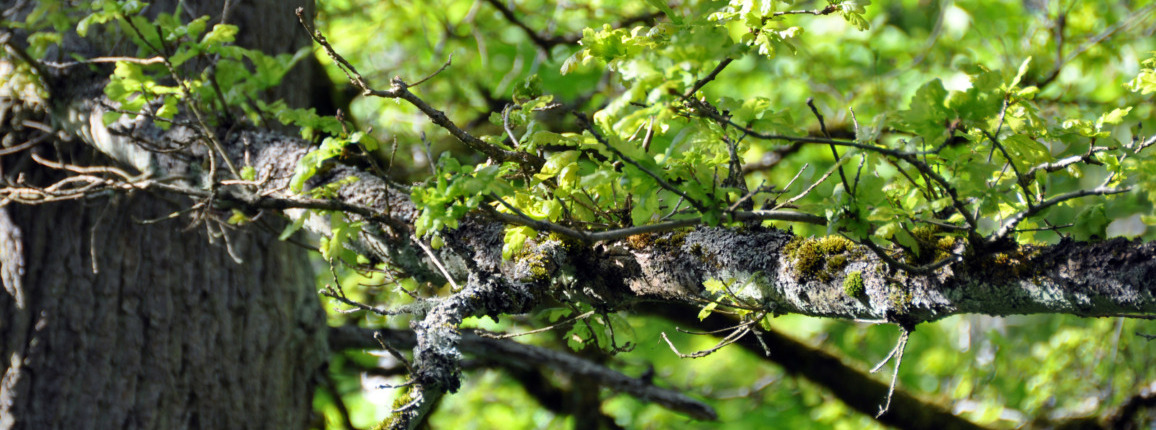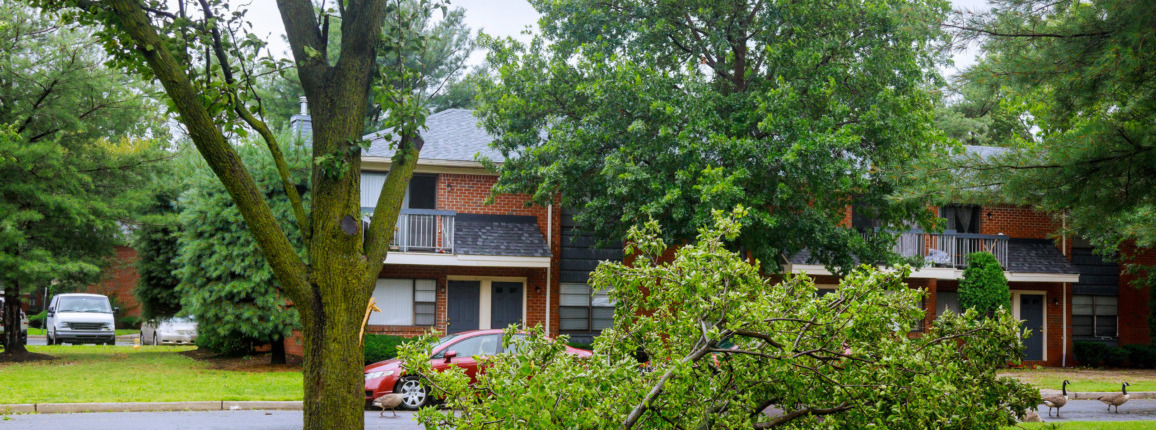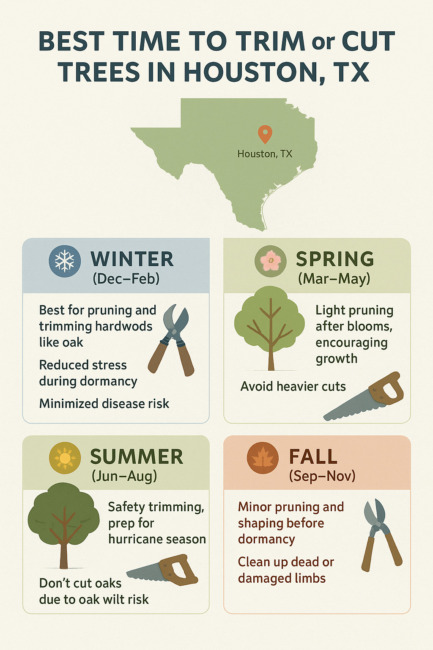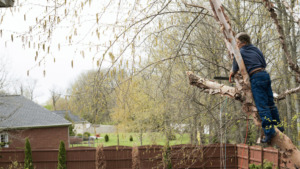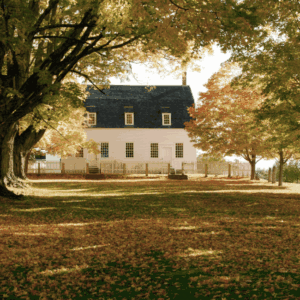

Keeping your trees healthy and your property safe in Houston, Spring, and The Woodlands starts with proper timing.
While tree trimming might seem like a task you can handle any time of year, local climate and species-specific growth cycles make some months better than others. In this seasonal guide, our owner John Longoria explains when and why to trim or cut your trees—so you can make the most of every season.
Here’s what to expect:

